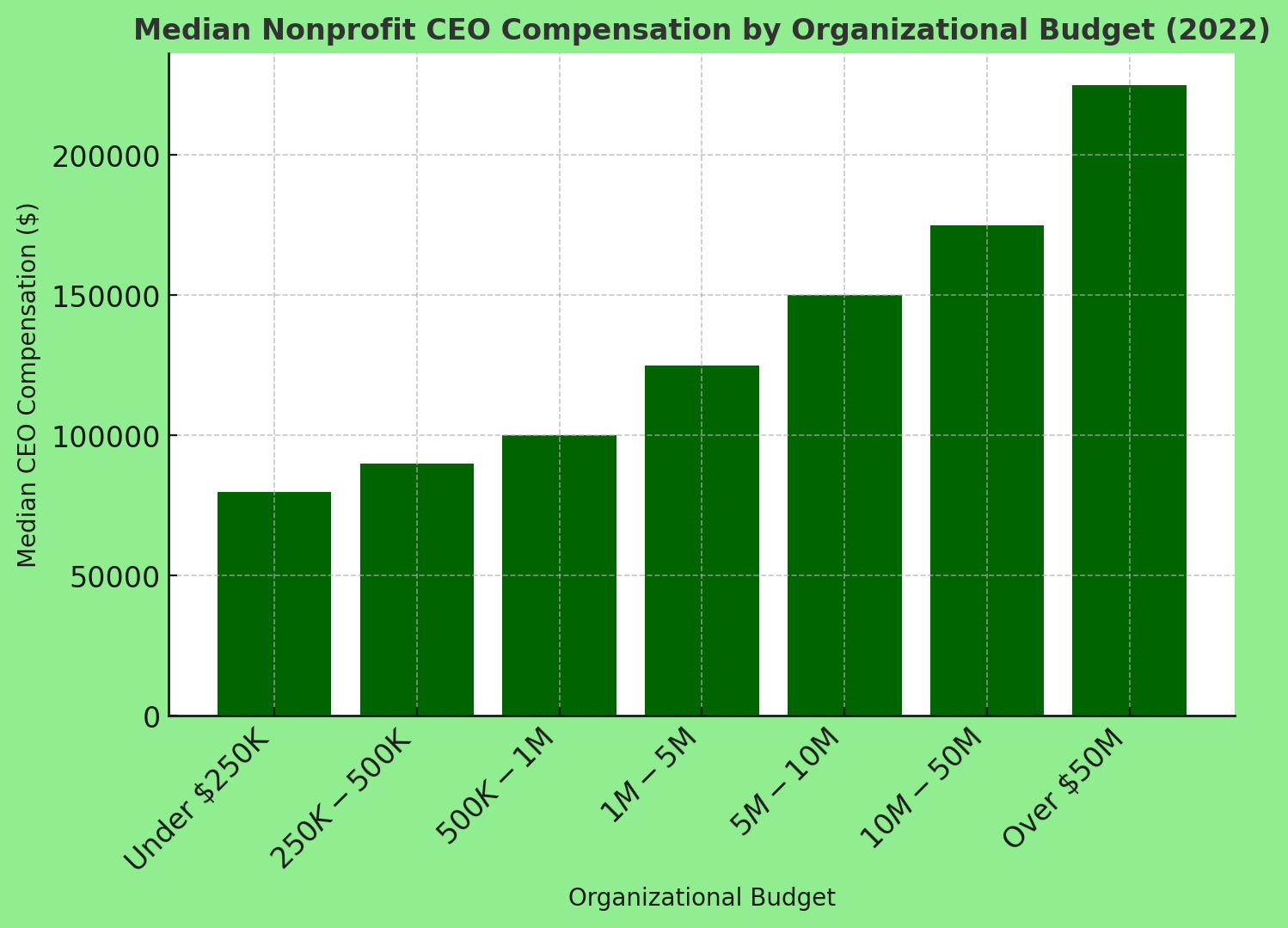Tunnel to Towers Ceo Salary
Tunnel to Towers Ceo Salary

Founded in 2001, the Tunnel to Towers Foundation is a major charitable organization that supports the families of fallen first responders and service members. Frank Siller, Chairman and CEO, is the man at the head of this organization. In fact, Siller has opted not to draw a salary, allowing the foundation to put all of its assets directly toward its philanthropic purposes. This decision diverges from salary trends in the wider nonprofit sector.

Leadership and Compensation of Frank Siller
Frank Siller established the Tunnel to Towers Foundation in honor of his brother, Stephen Siller, a firefighter who died in the Sept. 11, 2001, terrorist attacks. Under his leadership, the foundation has grown massively, earning more than $474 million in revenue in 2022. However, Siller remains a volunteer CEO and does not make a salary. It’s a shift that emphasizes his desire to “maximize the impact” of the foundation on the communities it serves.
Trends in Nonprofit CEO Compensation
Unlike Siller, who served as a volunteer, data reliably show that there is a wide disparity in how nonprofit boards reward their CEOs. Median CEO compensation in nonprofit organizations was $132,077 in 2022, as compared to $118,541 in 2018, according to a Candid report from 2024. This gradual and consistent increase represents a growing acknowledgment of the nuances of managing an nonprofit organization.
Drilling down, CEO salaries differ wildly depending on the size of the organization and the focus of its work. For example, nonprofit organizations that report annual budgets of more than $50 million pay their chief executive officers (CEOs) a median yearly salary of $225,000. Notably, nonprofit health executives earn 5% more, on average, than those working in other sectors.
Nonprofit CEO Pay Gaps by Gender
Pay discrimination on the basis of gender is still a problem in the nonprofit sector. In organizations with budgets over $50 million, male CEOs make a median salary of $559,770, compared to their female counterparts at $430,640, a $129,130 difference, according to Candid’s 2024 report. This means that women CEO actually earn only $0.77 to every dollar received by their male peers — down from 82 cents in 2012.
This is further substantiated by data that states that female nonprofit CEOs earn $0.82 for every dollar earned by male CEOs. Such statistics highlight the persistent obstacles to pay equity some members of the sector encounter.
Regional Differences in Nonprofit CEO Pay
There is also geographical variation in nonprofit CEO compensation. Companies based in the Northeast United States provide more pay than elsewhere. For instance, the District of Columbia has the highest median executive compensation, followed by New York and Massachusetts.
Comparative to CEO Compensation in For-Profit Sector
Substantial discrepancies are evident when comparing nonprofit CEO salaries to those of for-profits. The average annual salary for a nonprofit organization CEO in the United States, as of January 2025, is $332,938, though that can vary from $249,438 to $445,026.
In comparison, CEOs of large for-profit corporations are often compensated multimillion-dollar packages of money, bonuses, stock options, and other financial incentives. That contrast is indicative of the contrasting financial structures and profit-seeking incentives between the two industries.
Nonprofit CEO Compensation Considerations
The compensation of nonprofit CEOs is shaped by several factors:
Organizational Size and Budget: Larger organizations with bigger budgets tend to pay more to attract qualified leadership.
Sector analysis: Research shows that nonprofits in particular sectors, such as health and science research, tend to pay more as the specialized knowledge required is limited.
Geographic Location: Salaries vary based on the cost of living and regional economic conditions, with urban centers usually offering higher pay.
Education and Experience: CEOs with post-graduate degrees or extensive experience may earn higher salaries.
Fundraising Performance: Certain organizations can link compensation to performance metrics (e.g., the success of fundraising goals or impact of programs).
Many organizations, in the interest of transparency, have made their executive compensation practices public. Nonprofits must report executive compensation on Form 990 with the Internal Revenue Service (IRS), thus increasing accountability. However, the interpretation of reporting criteria can differ, so inconsistencies can arise. For instance, a report on private schools in South Australia highlighted different salary ranges and some advertised high average opposed to the actual remuneration for key personnel.
The fact that Frank Siller has not taken one penny of salary as CEO of the Tunnel to Towers Foundation shows the depth of his dedication to the mission of the organization. His approach is extraordinary, but it illustrates larger trends and discrepancies in nonprofit CEO pay. The landscape of nonprofit executive salaries is complicated, with factors like organization size, sector focus, geographic location, and ongoing gender pay gaps affecting the amounts. Transparency and equity in compensation practices are obviously still central to the integrity and functioning of the nonprofit sector.
Table 1: Median Nonprofit CEO Compensation by Organizational Budget (2022)
| Organizational Budget | Median CEO Compensation |
|---|---|
| Under $250,000 | $80,000 |
| $250,000 – $500,000 | $90,000 |
| $500,000 – $1 million | $100,000 |
| $1 million – $5 million | $125,000 |
| $5 million – $10 million | $150,000 |
| $10 million – $50 million | $175,000 |
| Over $50 |




